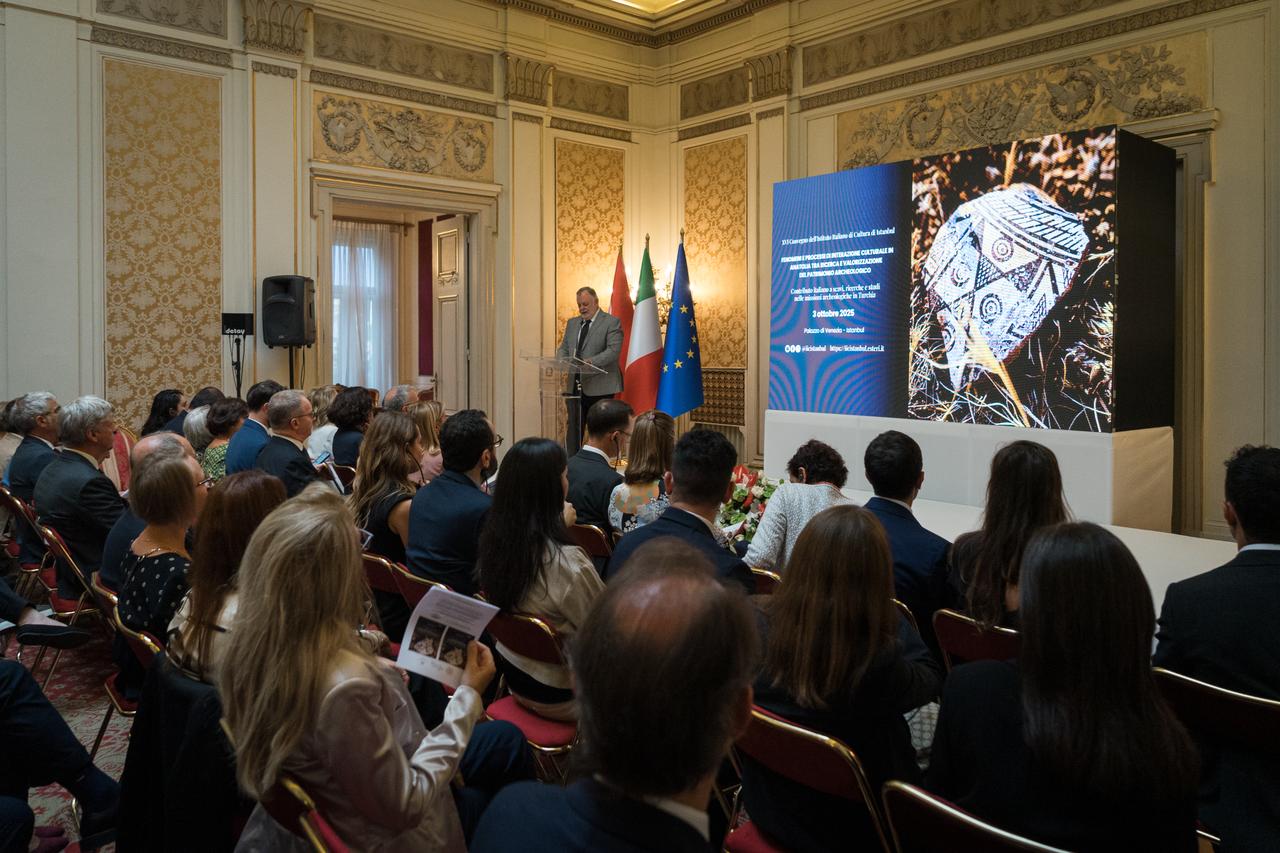
The 16th Italian Cultural Center Archaeology Symposium has wrapped up in Istanbul after bringing Italian and Turkish teams together to present new field results from major sites across Türkiye and to underscore how cultural diplomacy can move forward through long-running scientific cooperation.
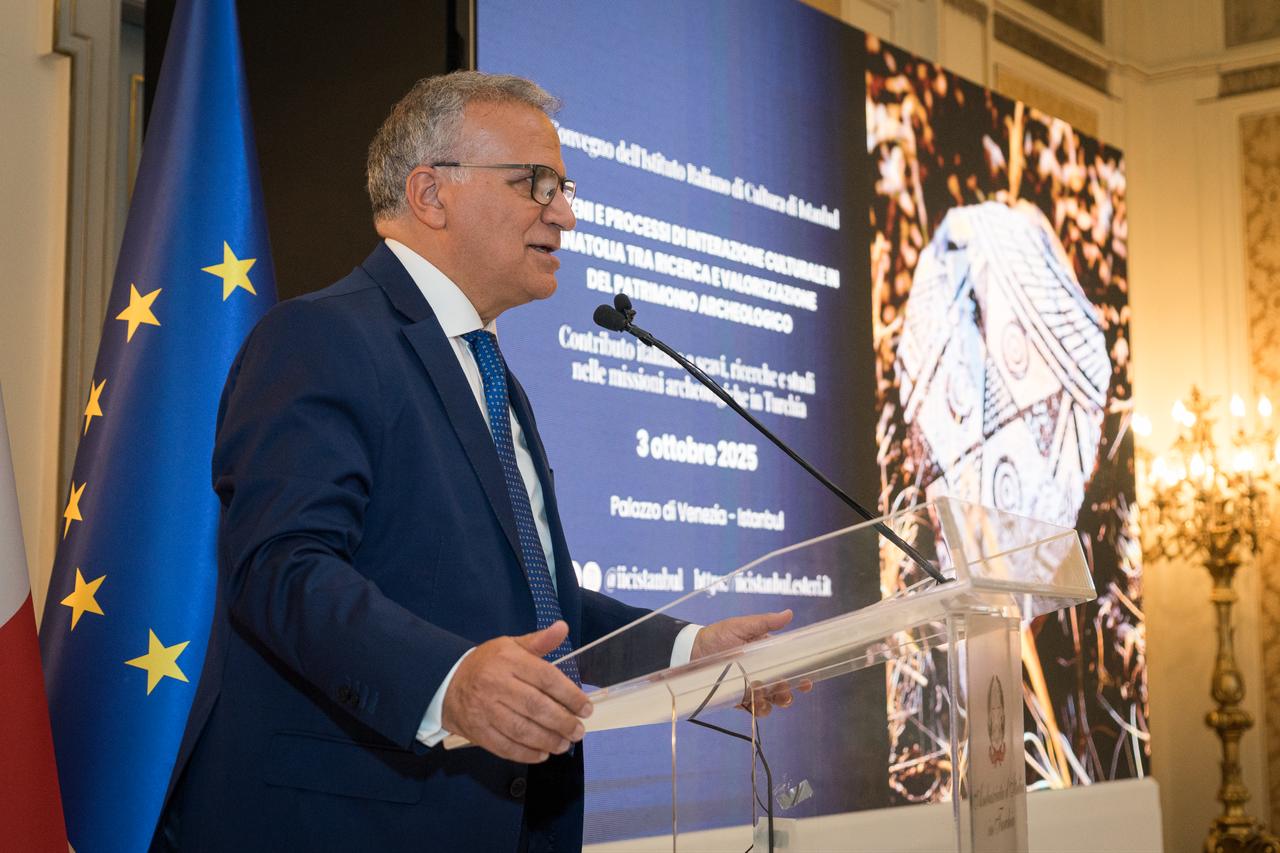
The opening ceremony featured speeches by Maria Tripodi, Deputy Minister at the Italian Ministry of Foreign Affairs and International Cooperation; Giorgio Marrapodi, Ambassador of Italy to Türkiye; Salvatore Schirmo, Director of the Italian Cultural Center in Istanbul; Hatice Oya Tunga Cagli, Ambassador and Director General for Bilateral Relations at the Turkish Ministry of Foreign Affairs; Nihal Metin, Branch Director at the Excavations Department of the Turkish Ministry of Culture and Tourism; and Chris Roosevelt, Director of the Research Center for Anatolian Civilizations (ANAMED).
Speakers emphasized how the symposium, now in its sixteenth year, has become a central platform for dialogue, sharing fieldwork results and deepening scientific exchange between the two nations.
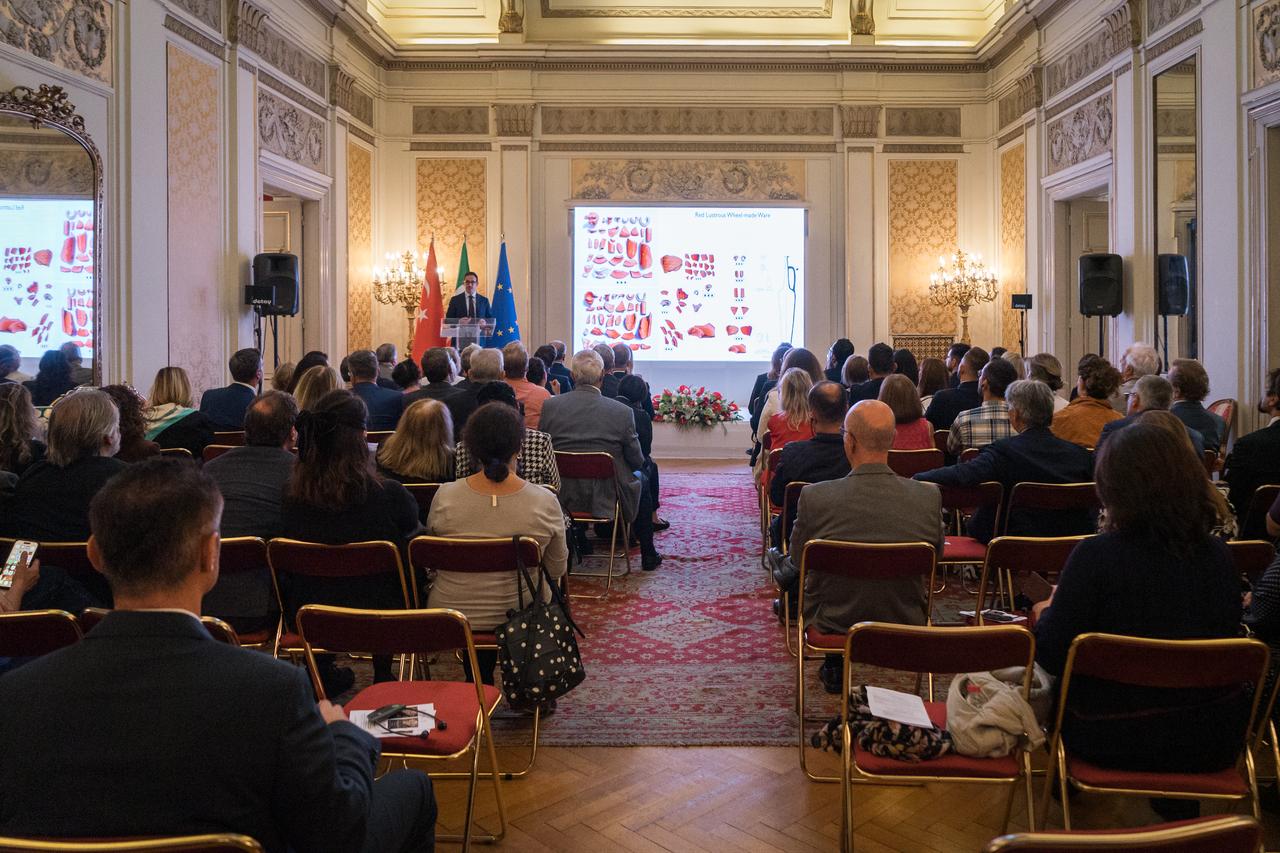
During the opening session, archaeologist Anacleto D’Agostino delivered a presentation on the Usakli Hoyuk (Mound) Excavation in Yozgat, highlighting recent findings from the site.
This year’s theme, “Cultural Interaction Phenomena and Processes Between Research and the Evaluation of Archaeological Heritage in Anatolia,” framed a program that focused on Italian teams working in collaboration with Turkish institutions across the country, comparing results from ongoing excavations and surveys and setting out shared goals.
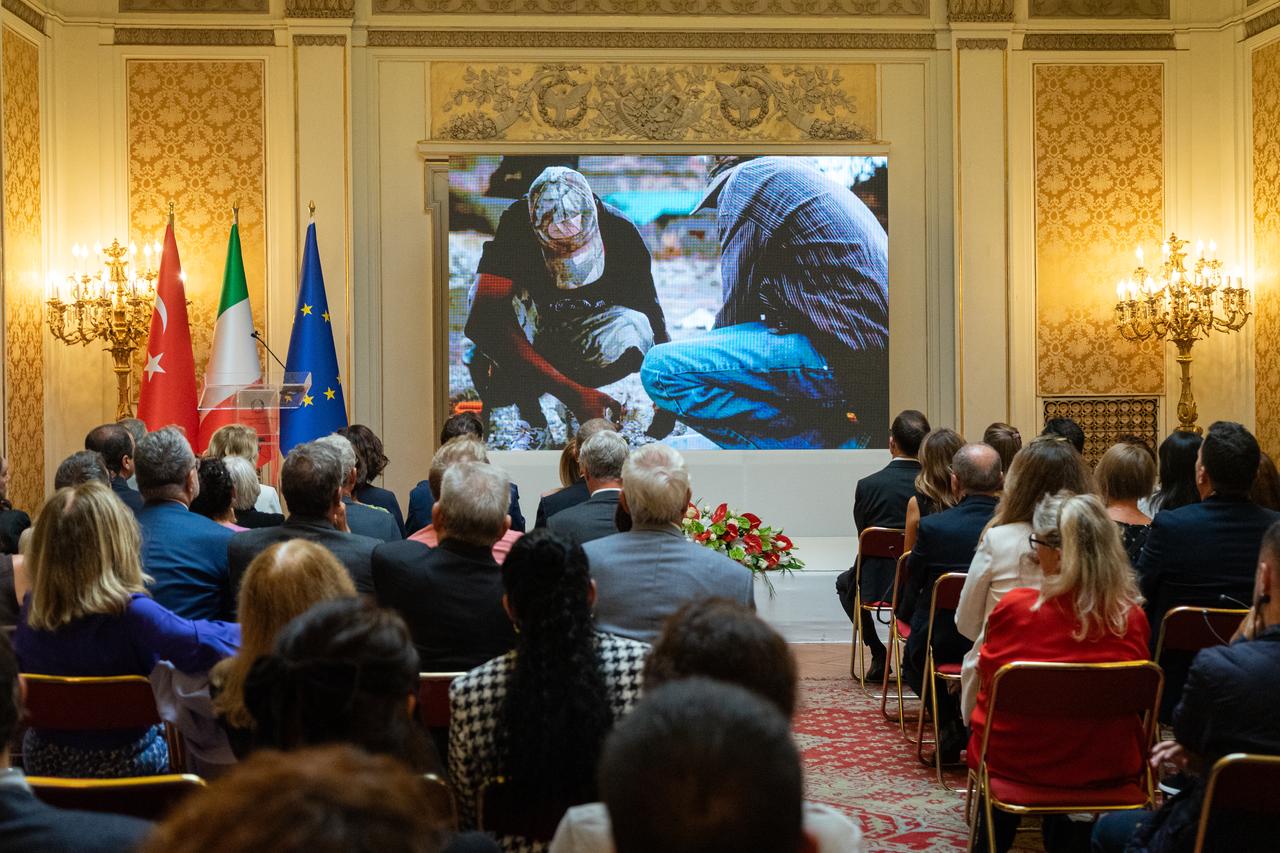
Speakers presented updates from a broad sweep of locations—including Arslantepe, Hierapolis, Karkamis, Kultepe, Usakli Hoyuk, Porsuk-Zeyve Hoyuk, Hattusa, Tripolis and Tokali Church—highlighting how joint projects document and interpret a heritage dispersed across Türkiye’s western and eastern regions.
Organizers described the symposium as an opportunity for colleagues to bring together discoveries, align methods and exchange expertise in situ.
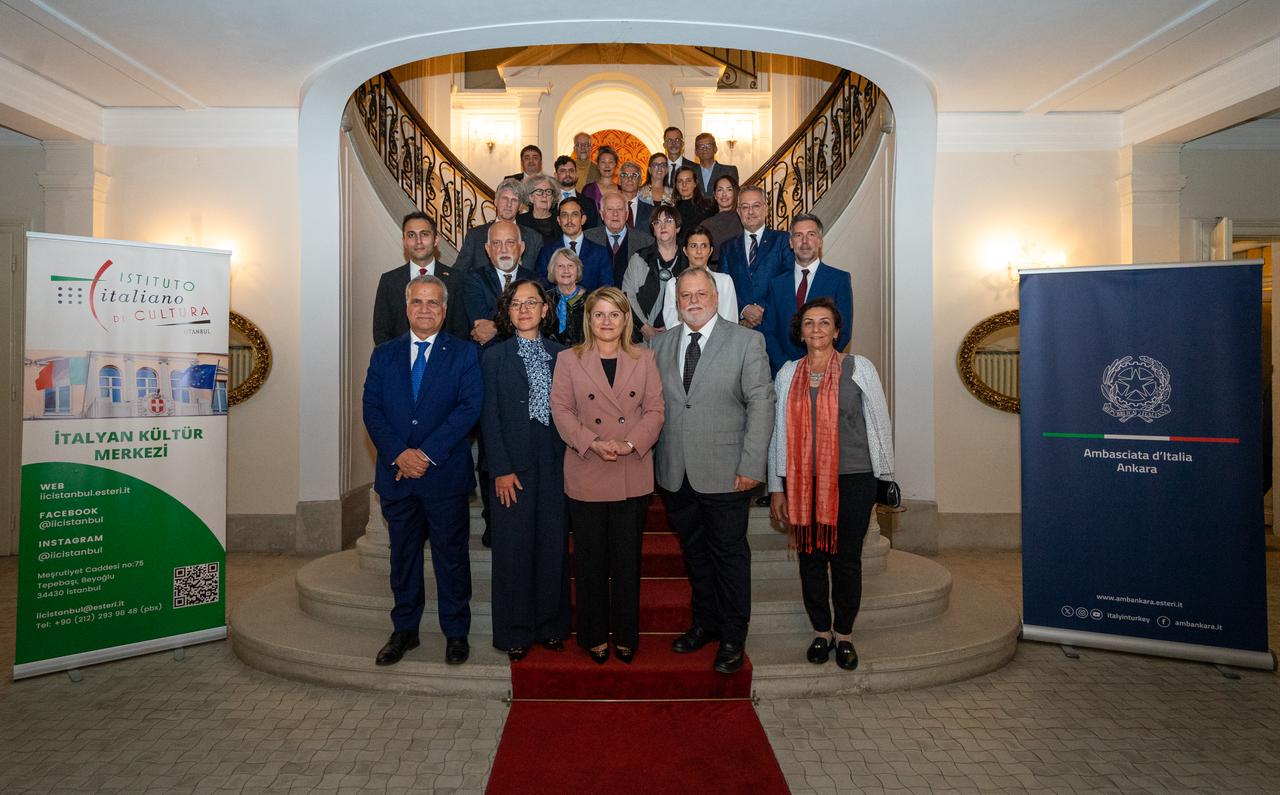
The event opened with a reception on Friday, Oct. 3, at Venice Palace, followed by a full day of academic sessions on Saturday, Oct. 4, at the Research Center for Anatolian Civilizations (ANAMED).
The ANAMED program was free and open to all, and it offered simultaneous interpretation between Italian and Turkish to widen access for attendees.
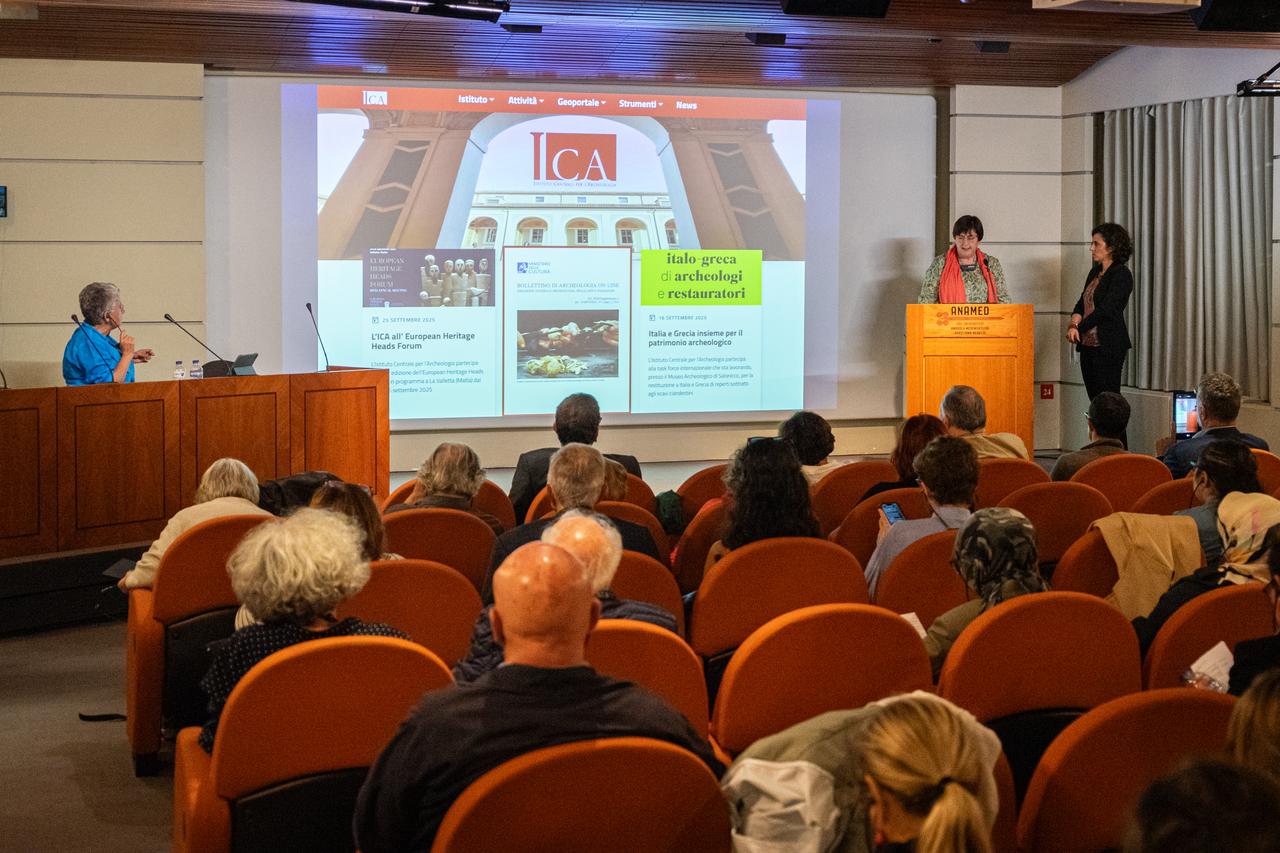
Morning sessions, which started at 9:00 a.m., concentrated on prehistory and protohistory under the moderation of Koc University scholar Assoc. Prof. Cigdem Maner. The afternoon turned to the classical and Byzantine periods, moderated by Professor Gunder Varinlioglu of MSGSU.
Across the day, archaeologists shared the most recent findings from the field, walked through excavation and discovery processes, and outlined next steps for their teams.
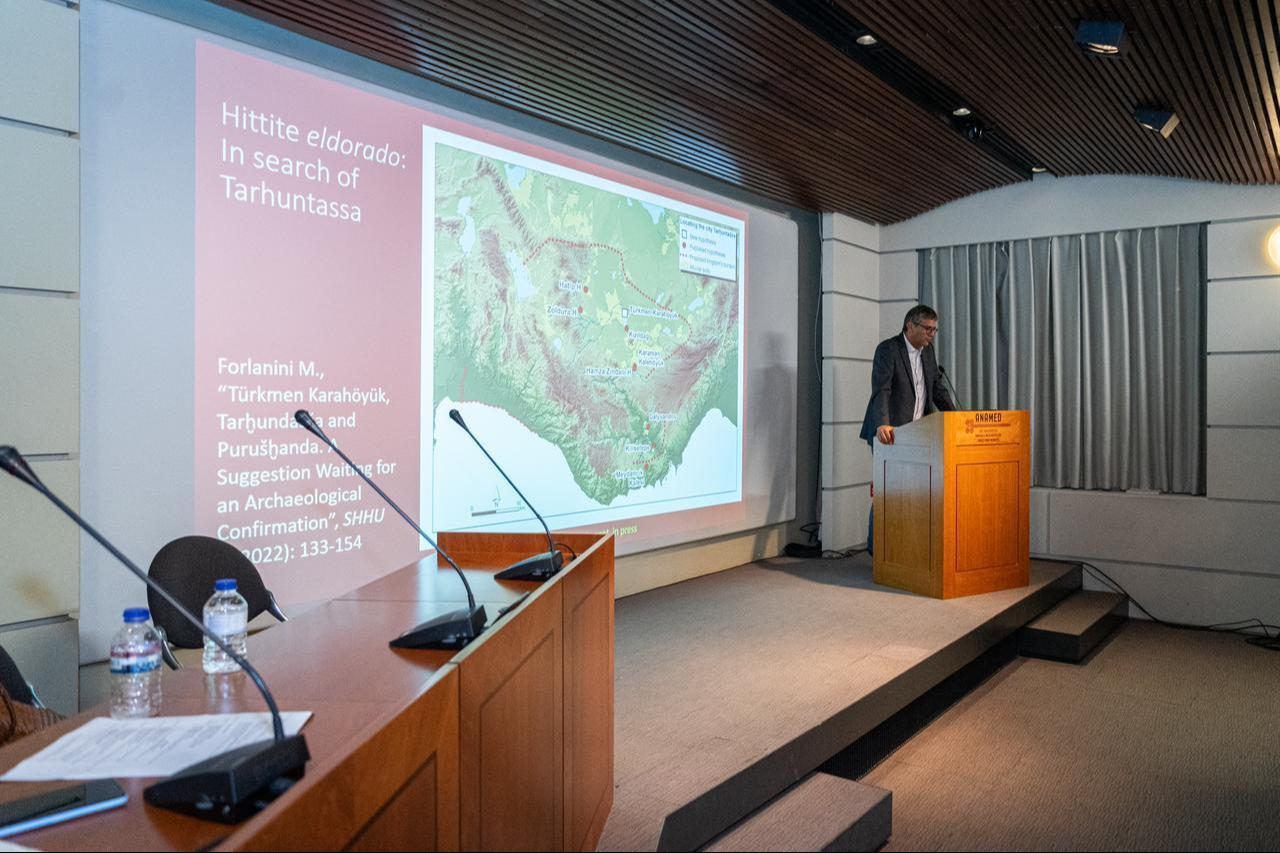
Staged in collaboration with ANAMED and within the Türkiye Culture Route Festival, the long-standing meeting once again put the country’s archaeological wealth on view through Italian-Turkish teamwork.
Organizers noted that the findings presented at the symposium will also be compiled into a book in the coming months, extending the impact of the proceedings.